TAYLOR WALSH
Taylor loves dirt biking and action sports, as well as photographing and filming his friends on tracks and trails. As he finishes his last year of high school, he’s pursuing both his passions while traveling with family and friends in his parents' Jayco Octane T26Y Toy Hauler.
I’ve been dirt biking with my family since I was a kid. My dad, Chris, teaches dirt biking professionally and got me started at a young age. We’ve also been lucky to have a Toy Hauler RV in the family for almost as long, which means we’re always eager to plan our next RV trip to some awesome biking destination where we can ride. So we know a thing or two about planning RV trips for dirt biking, and there’s nowhere we’d rather be.
Some of the best locations for dirt biking are also the most remote, which can mean camping with no water, electric or sewer hookups, also known as boondocking. Sometimes, what you gain in gorgeous views and great trail riding, you lose in convenience. But that’s okay––you just have to do a bit more preparation for boondocking. But once you get the hang of it, it’s actually pretty easy. Luckily, we have a few pointers for planning a dirt biking trip, no matter where you end up parking your RV.
Make sure your bikes are prepped and ready for travel. Like anything with an engine, before you take your dirt bike out, make sure it’s in good working order. Check the oil, air filter, coolant and brake fluid levels. Make sure the chain is in good shape and has a couple of slack, then give it a fresh coat of lubrication. Double check all nuts and bolts to make sure they’re tight and secure so nothing shakes loose on the road or the trail. Check your tire pressure and top off with air if needed. And of course, make sure your gas tank is full.

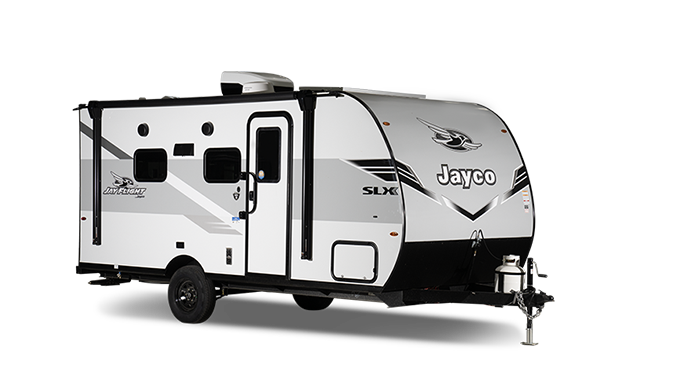
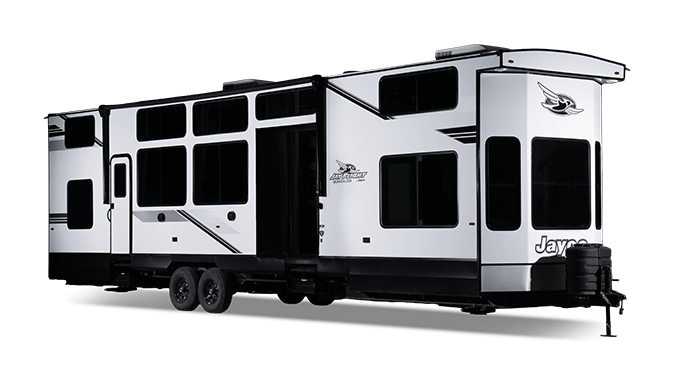
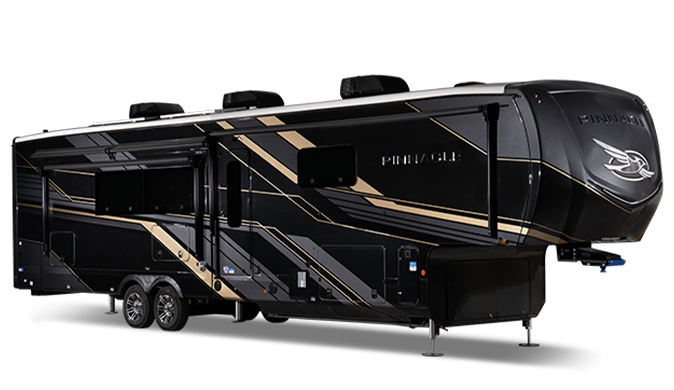
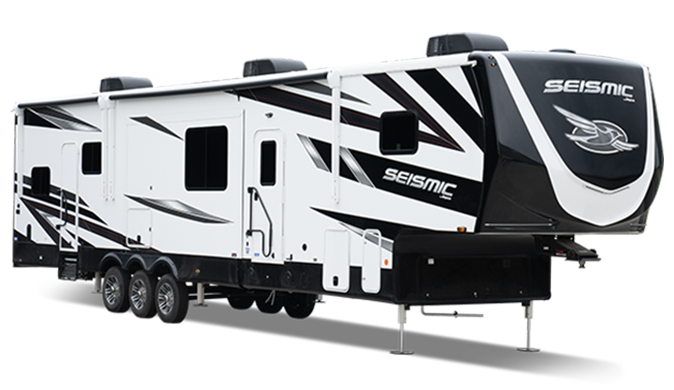

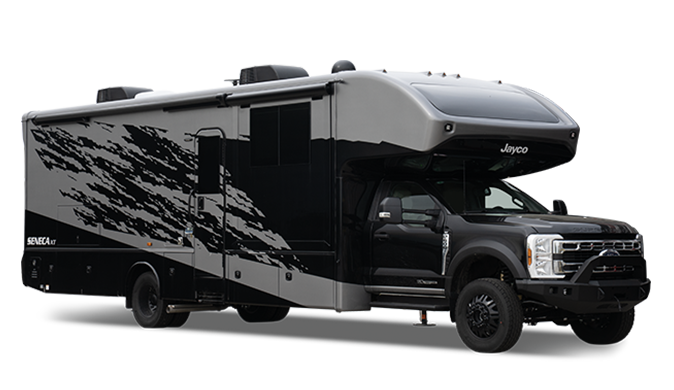



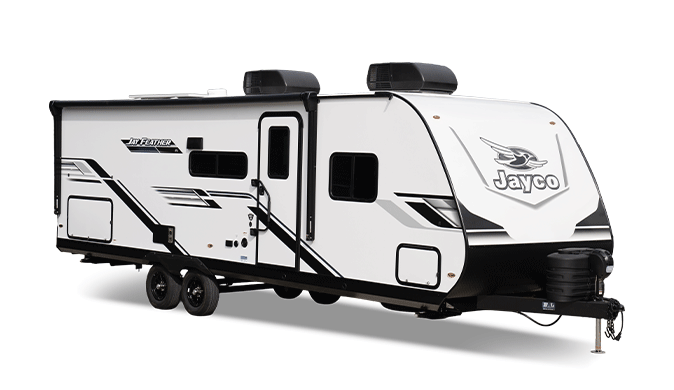







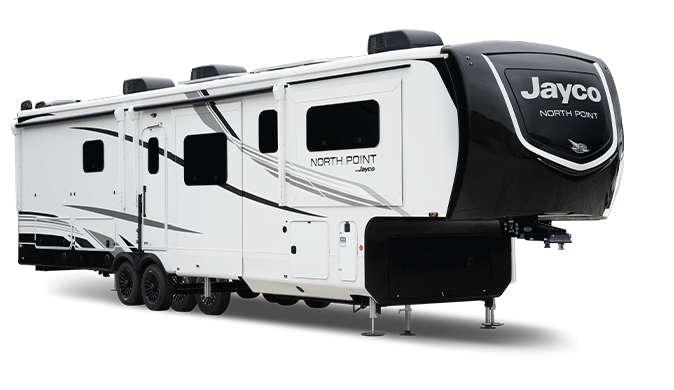

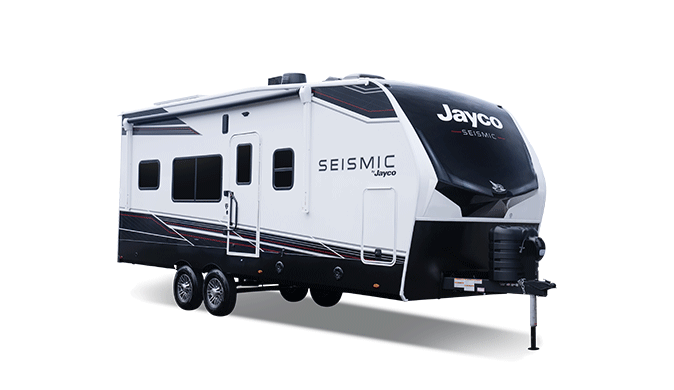





















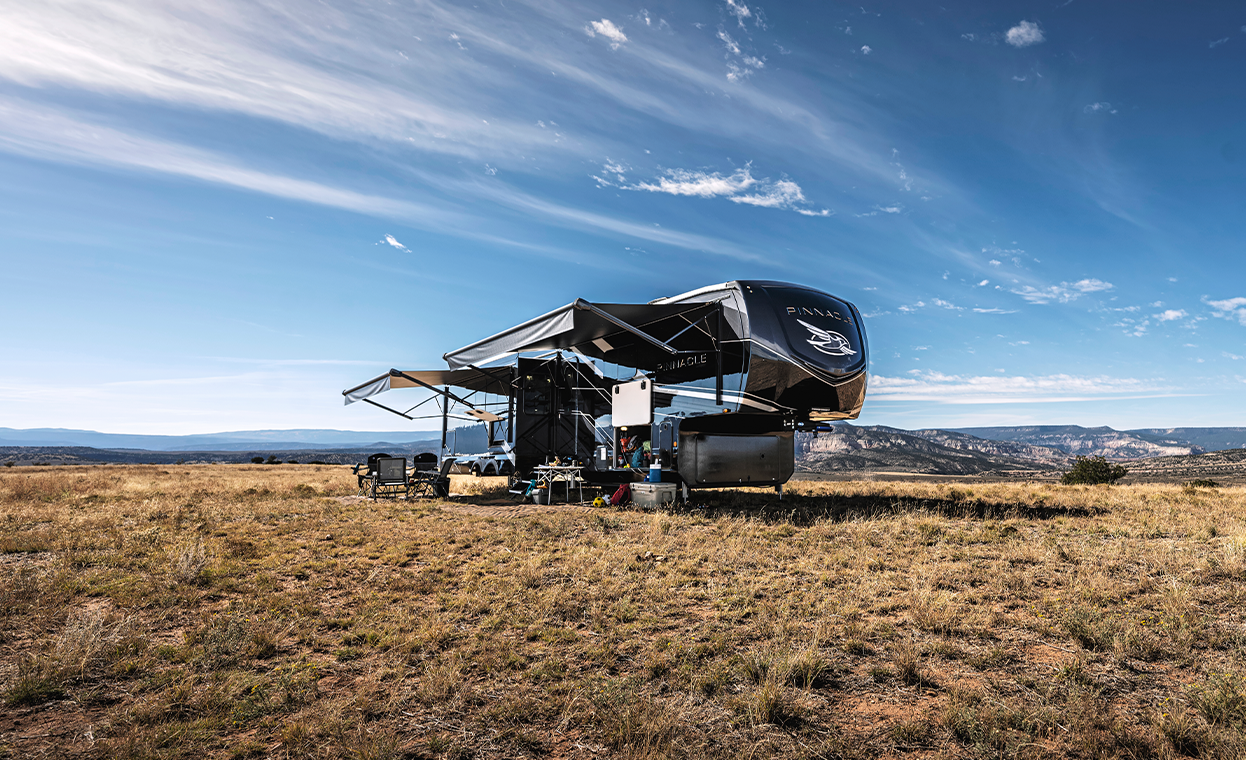
.png)
.png)
